IoT Solutions
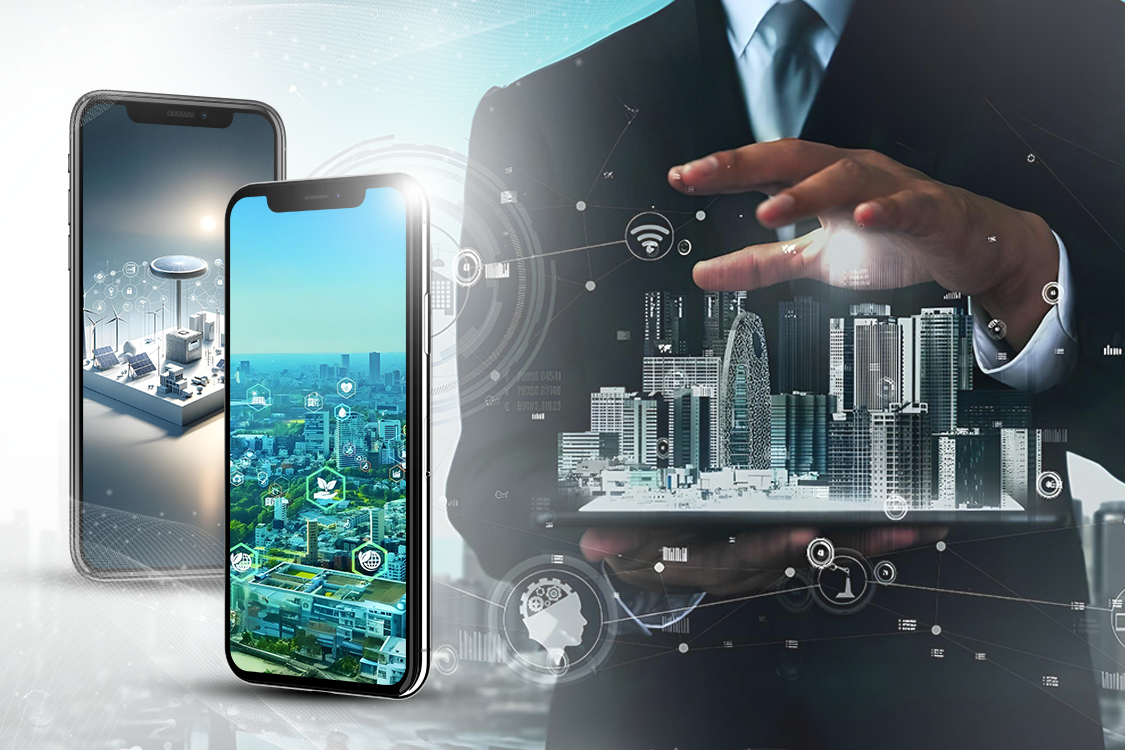
Time is precious, yet countless hours are wasted navigating complex city landscapes, managing inefficiencies or waiting in long queues. With the advent of IoT in smart cities in 2025, public and private sectors are finding innovative ways to help people reclaim their time. From streamlining outdoor navigation to revolutionizing indoor environments, IoT is transforming urban living in ways we never thought possible.
As we move from outdoor systems, such as traffic management and public transportation optimization, to advanced indoor solutions like heat mapping and personnel tracking, IoT offers a cohesive ecosystem that enhances both functionality and convenience. This article explores how IoT is revolutionizing smart cities in 2025, examining key innovations, challenges and the future of IoT in smart urban environments.
The Growing Importance of IoT in Smart Cities
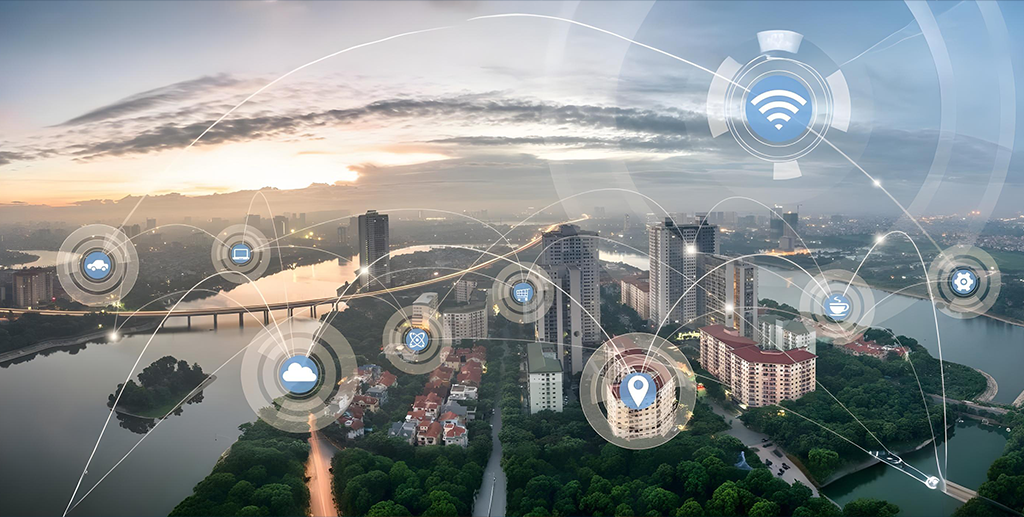
Smart cities aim to enhance urban living by integrating advanced technologies and data analytics to improve city functions and promote sustainable development. The role of IoT in smart city innovations is central to this effort, serving as the backbone for connecting various urban systems and services.

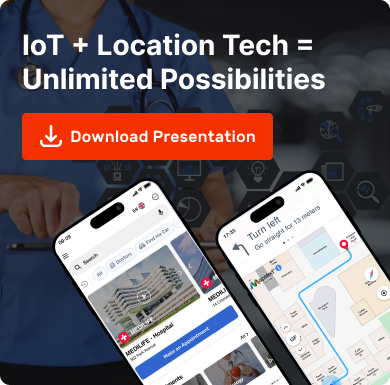
The significance of IoT in smart cities is obvious from the projected growth forecast by Markets & Markets, showcasing a compound annual growth rate (CAGR) of 19%. The global market is set to grow from $130.6 billion in 2021 to $312.2 billion by 2026. Within this framework, IoT devices interact and share data seamlessly, enabling new smart city IoT use cases.
The significance of IoT in smart cities is obvious from the projected growth forecast by Markets & Markets, showcasing a compound annual growth rate (CAGR) of 19%. The global market is set to grow from $130.6 billion in 2021 to $312.2 billion by 2026.
IoT sensors gather essential data from inhabitants, public utilities and other infrastructural elements. The digital world anticipates connecting more than 75 billion devices by 2025. This massive amount of data will spark emerging IoT trends for cities, unlocking possibilities we have only begun to imagine.
The IoT market itself is expected to surpass $3 trillion in 2025, driven by technological advancements and the increasing need for resilient infrastructure, effective resource management and proactive community safety. Artificial intelligence (AI) continues to grow, allowing IoT systems with real-time decision-making and predictive analytics. Together, these advancements turn once-aspirational ideas into practical solutions for urban challenges.
Key Innovations in Smart Cities in 2025
1. Advanced Environmental Monitoring
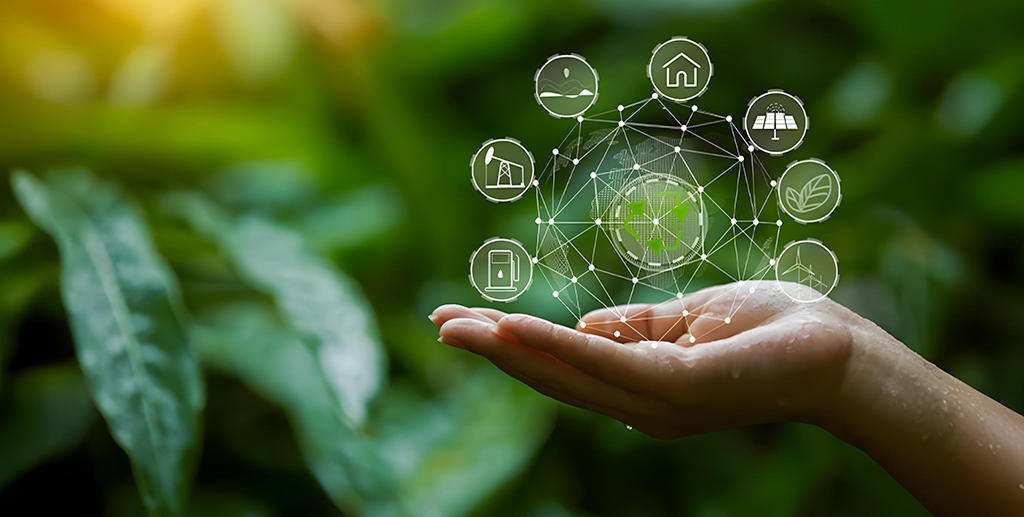
As climate change and urban pollution pose growing threats, IoT sensors now monitor air quality, water pollution and noise levels. AI processes this data to provide actionable insights for policymakers and residents. Emerging technologies include multi-parameter sensors that track greenhouse gases and particulate matter, along with AI models that forecast pollution trends. These smart city innovations help drive targeted environmental policies, illustrating how does IoT impact smart cities in 2025 from a sustainability standpoint.
2. Smart Infrastructure Maintenance
IoT sensors equipped with AI capabilities are increasingly used to monitor and maintain urban infrastructure. From bridges and roads to water systems and power grids, predictive analytics detect potential failures before they occur. By analyzing data in real time, cities can schedule timely repairs, reduce maintenance costs and prevent catastrophic failures.
While Mapsted does not provide infrastructure maintenance, its asset tracking solutions monitor critical resources like equipment and inventory efficiently. This shows the role of IoT in smart city innovations by simplifying infrastructure oversight.
3. Enhanced Public Safety
IoT systems revolutionize public safety by integrating real-time data from sensors with advanced analytics. Examples include IoT-connected cameras with AI for facial recognition and anomaly detection, along with gunshot detection systems. Mapsted’s Badge technology enhances public safety by providing real-time personnel tracking and swift responses during emergencies.
AI-enabled predictive policing solutions analyze crime patterns to identify high-risk areas. The global body-worn camera market is projected to grow by $1.26 billion over the next four years, reflecting the increasing demand for safety solutions.
The global body-worn camera market is projected to grow by $1.26 billion over the next four years, reflecting the increasing demand for safety solutions.
4. Heat Mapping for Indoor Optimization
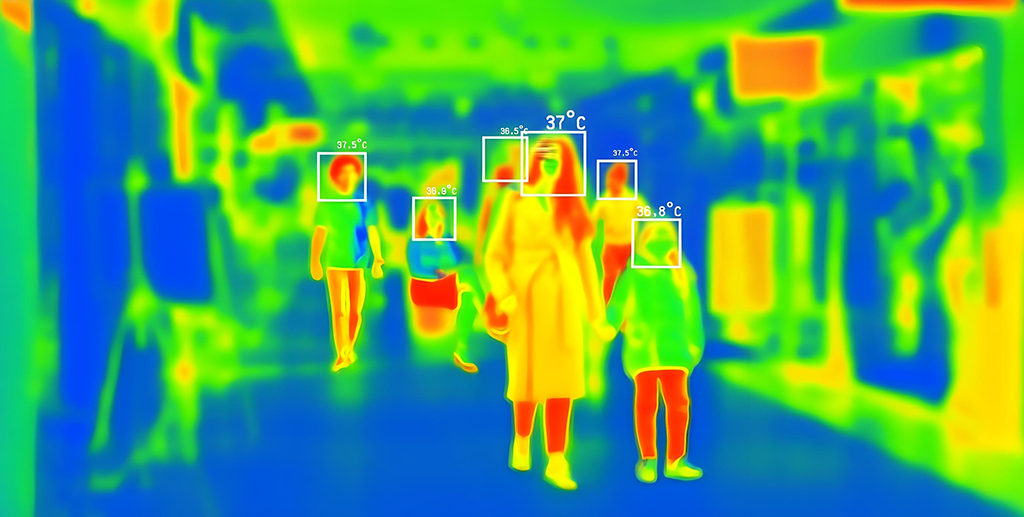
Mapsted’s Flow technology delivers advanced heat mapping solutions that monitor real-time crowd density. Businesses and municipalities use these insights to optimize space utilization in malls, airports and stadiums. Real-time wait time monitoring and people-counting improve operational efficiency and customer satisfaction.
This smart city IoT use case shows the role of IoT in smart city innovations at the indoor level, helping both private businesses and public facilities make data-driven decisions.
5. Hyper-Personalization
Hyper-personalization is the next step in IoT innovation. Data analytics and machine learning drive user-specific experiences, including custom navigation, priority transport for those with disabilities and targeted ads. Mapsted goes further by offering voice-guided navigation for visually impaired users and routes that accommodate mobility challenges. This inclusivity empowers individuals to navigate airports, malls and healthcare facilities more easily. By shifting from one-size-fits-all solutions to personalized support, IoT in smart cities ensures everyone’s unique needs are met.
6. Smart Energy
IoT technologies support smart grids that optimize energy distribution and consumption. Smart meters empower consumers to monitor their energy usage and adjust accordingly, promoting energy conservation.
Such examples reveal how does IoT impact smart cities in 2025 through intelligent resource allocation and consumer engagement in sustainability efforts.
- Integrating renewable energy sources (like solar or wind) with IoT-based monitoring can significantly reduce the carbon footprint.
- Streetlamps in some cities are outfitted with sensors to dim automatically during low-traffic hours, saving power and maintenance costs.
6. Smart Urban Planning

By combining IoT with AI, smart cities gather data from sensors and cameras to understand real-time demand levels and allocate resources more efficiently. This approach improves both sustainability and functionality of urban spaces.
Urban planners depend on constant data flows to make decisions about zoning, road expansions or public facility improvements. These capabilities illustrate emerging IoT trends for cities in the urban planning sector.
9. Smart Agriculture
IoT is transforming agriculture by optimizing crop production and resource management. Sensors monitor environmental conditions, ensuring sustainability and enhancing food security. Smart farming extends beyond rural communities, as urban vertical farms also benefit from automated monitoring and feedback loops.
This use case highlights the future of IoT in smart urban environments, where even agriculture within or near cities becomes part of the interconnected system.
10. Smart Waste Management
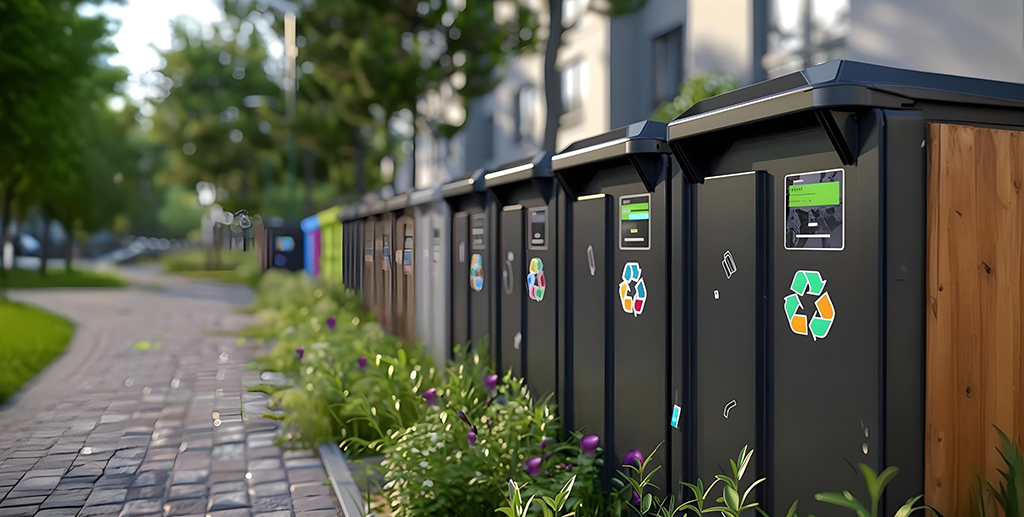
IoT-based waste management systems enhance efficiency by notifying authorities when bins are full. This data optimizes collection routes, reduces fuel consumption and minimizes environmental impact.
Such smart city innovations keep urban spaces cleaner while conserving resources, aligning with how IoT is revolutionizing smart cities in 2025.
11. Smart Healthcare
Wearables like badges from Mapsted allow remote patient monitoring, improving outcomes and reducing hospital visits. IoT-driven telehealth services also streamline care for chronic conditions.
12. Smart Water Management
Advanced sensor networks detect leaks early, optimize irrigation and address water scarcity. This is especially crucial in areas with limited freshwater resources.
Challenges and Limitations of Using IoT in Smart Cities
1. Data Privacy and Security
With large volumes of data flowing across connected networks, privacy and security concerns rise to the forefront. Robust encryption, strict access controls and transparent data policies are essential. Mapsted ensures data security with GDPR-compliant, anonymous data collection methods. This challenge cuts across all smart city IoT use cases, highlighting the need for strong data governance to maintain public trust.
2. Interoperability and Standardization
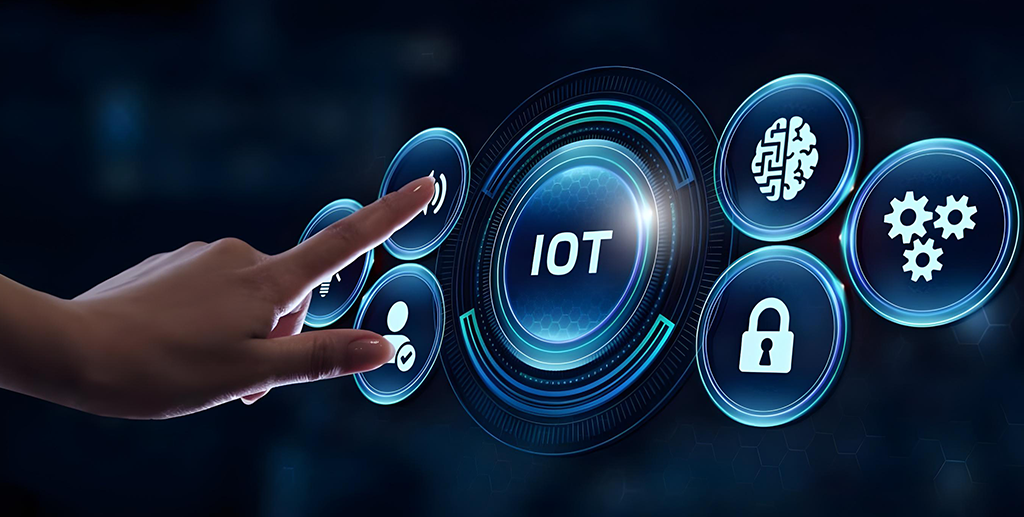
Diverse IoT devices must communicate seamlessly. Mapsted’s minimal hardware solutions tackle these interoperability issues by reducing the need for additional infrastructure.
However, many cities still face complications when attempting to unify hardware and software from multiple vendors. These emerging IoT trends for cities will require universal standards to make connected devices work effectively together.
3. Equity and Access
IoT solutions must be inclusive, addressing the digital divide and guaranteeing access for all citizens, regardless of socioeconomic status. If high-tech solutions remain limited to wealthier neighbourhoods, the benefits of IoT revolutionizing smart cities in 2025 become unevenly distributed. Stakeholders must implement policies that ensure all residents have reliable connectivity and affordable devices.
4. Cost and Funding
The high costs of implementing and maintaining IoT solutions demand sustainable funding strategies, such as public-private partnerships. Governments often work with tech companies to share expertise and resources, ensuring continuous upgrades in a cost-effective manner. Balancing investment, innovation and public interest will be vital in the future of IoT in smart urban environments.
Future Outlook for IoT in Smart Cities Beyond 2025
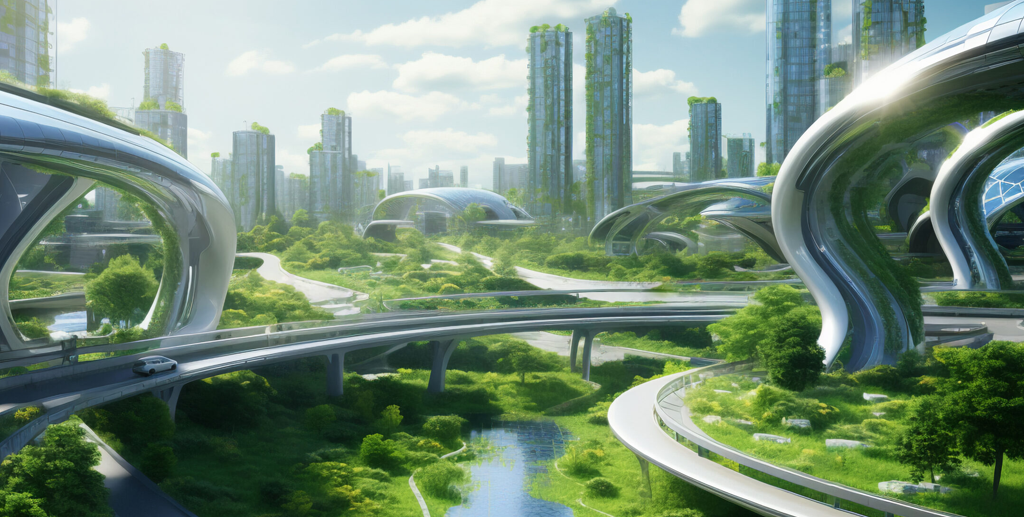
The integration of 5G, edge computing and digital twinning is poised to redefine urban management. Digital twinning, involving virtual replicas of physical assets, optimizes infrastructure design and decision-making processes by simulating different scenarios. At the same time 5G accelerates data exchange, though it is not the sole driver of IoT’s expansion. Edge computing brings faster, localized processing for real-time insights, enhancing critical services like traffic control or disaster response.
Mapsted’s real-time analytics ensures cities adapt to evolving challenges. Software-based solutions also cut reliance on bulky hardware, broadening access to smaller or less-funded municipalities. As emerging IoT trends for cities evolve, we can anticipate a more inclusive future where data-driven decisions benefit a wide range of urban residents.
Case Study Example – Singapore
Often cited as a leading smart city, Singapore showcases IoT in traffic management, public safety, e-governance and natural environment monitoring. Their SingPass platform digitizes government services and extensive sensor networks help control congestion, manage waste and monitor air quality. This approach demonstrates how a well-planned IoT ecosystem can dramatically improve quality of life.
Conclusion
IoT is no longer futuristic. It is actively reshaping cities today. From environmental monitoring and public safety measures to hyper-personalization and advanced heat mapping, IoT in smart cities 2025 is powering urban innovation. While Mapsted excels in real-time heat mapping and personnel tracking, these technologies collectively create sustainable, efficient and livable urban environments for everyone.
By tackling challenges like data security, interoperability and the digital divide, cities can unlock even greater potential in IoT systems. Successful e-governance and digital citizenship also reinforce transparency and public trust. As 5G, edge computing and AI come together, urban areas worldwide can move toward more collaborative, data-rich environments that cater to all residents. If you found this blog helpful, read about Revolutionizing Operations with Mapsted’s IoT Solutions for Businesses or watch our video on Redefine Location Intelligence with Mapsted Heat Mapping to know more.
Frequently Asked Questions
Q1. How does IoT enhance urban sustainability?
Ans. IoT enables monitoring of energy usage, traffic flow and resource management, contributing to more sustainable cities. For example, smart city innovations like real-time energy monitoring help consumers adjust usage, while sensor-based transportation scheduling reduces emissions.
Q2. What makes Mapsted’s IoT solutions unique?
Ans. Mapsted offers hardware-free, scalable solutions with real-time analytics and predictive modeling for cost-effective IoT in smart cities 2025 implementations. These solutions also address interoperability, streamlining data integration across multiple platforms.
Q3. How does IoT improve public safety?
Ans. IoT systems like Mapsted’s Badge provide real-time location tracking, enhancing emergency response and safety compliance. Other smart city IoT use cases include AI-powered cameras for quick threat detection or automated alarms that alert authorities.
Q4. How does Mapsted support smart mobility?
Ans. Mapsted’s navigation technology offers real-time traffic updates and seamless intermodal connectivity, enhancing urban travel. These features show how does IoT impact smart cities in 2025 by giving commuters data-driven tools for efficient journeys, whether on public transport, bike-sharing systems or personal vehicles.
Q5. What is the future of IoT in smart urban environments?
Ans. The IoT industry is set for a bright future in 2025 and beyond owing to the many benefits that come from interconnected systems like improved efficiency, better resource management, increased safety, data-driven insights and decision making in addition to overall process integration.
